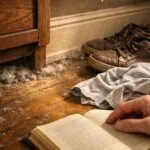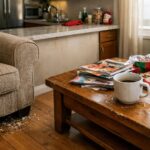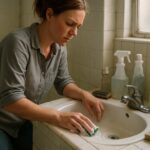Key Takeaways
- While there’s no legal obligation, landlords are expected to provide a clean living space for new tenants.
- Tenants have the right to expect a reasonable level of cleanliness in common areas like living rooms, hallways, and entryways.
- Landlords are expected to address mold or mildew problems in bathrooms and ensure a clean and well-maintained environment for the tenant’s comfort and health.
- Renters should expect clean and undamaged floors and walls, whether carpeted or not, to enhance the overall appearance and comfort of the living space.
- In addition to cleanliness, landlords are responsible for addressing necessary repairs promptly for a comfortable and well-maintained property throughout the lease.
Moving into a new rental property is an exciting endeavor, but it often raises questions about the condition of the place and the responsibilities of the landlord when it comes to cleanliness. In this article, we will explore the common expectations regarding the cleaning before the move-in of a rental property and what areas are typically addressed in a move in cleaning before a new tenant moves in.
Does a Landlord Have to Clean Before I Move In?
It’s a common question among tenants: does a landlord have an obligation to clean the property before a new tenant moves in? While there is no explicit legal requirement mandating landlords to perform a thorough cleaning, there are essential considerations of a clean before moving in.
Landlords are generally expected to provide a clean and habitable living space, adhering to basic standards. This includes ensuring that the property is free from health hazards and that fundamental cleanliness is maintained.
As a tenant, it’s reasonable to expect the following:
General Cleanliness
When it comes to general cleanliness, tenants can expect that the property is free from accumulated dust, dirt, or other debris. Common areas such as living rooms, hallways, and entryways should be clean and welcoming. While landlords are not bound to provide a spotless environment, a reasonable level of cleanliness is expected for the comfort and well-being of the tenants.
Functional Appliances
How well cooking appliances work is very important for a smooth living experience. You have a right as a tenant to expect that appliances like stoves, fridges, and dishwashers are not only clean before move-in but also in good working order. This means looking for signs of wear and tear that could make them less effective.
Sanitary Conditions in Bathrooms
Bathrooms tend to get the dirtiest out of all the other rooms in a house, so tenants have a right to expect them to be clean and germ-free. If there are mold or mildew problems, landlords should fix them while making sure that the water systems are in good shape to avoid them growing back. A clean and well-maintained bathroom is essential for the overall comfort and health of the tenant.
Flooring and Walls
Whether the floors are carpets or wood, renters should expect them to be clean and free of damage or spots that are easy to see. The walls should also be in good shape with no marks or structural problems that can be seen.
Responsibility for Repairs
While cleanliness is a key aspect, landlords are also responsible for addressing any necessary repairs or maintenance issues. This includes fixing leaks, addressing electrical problems, or resolving issues with heating and cooling systems. A well-maintained property guarantees a comfortable living environment and reflects a landlord’s commitment to tenant satisfaction.
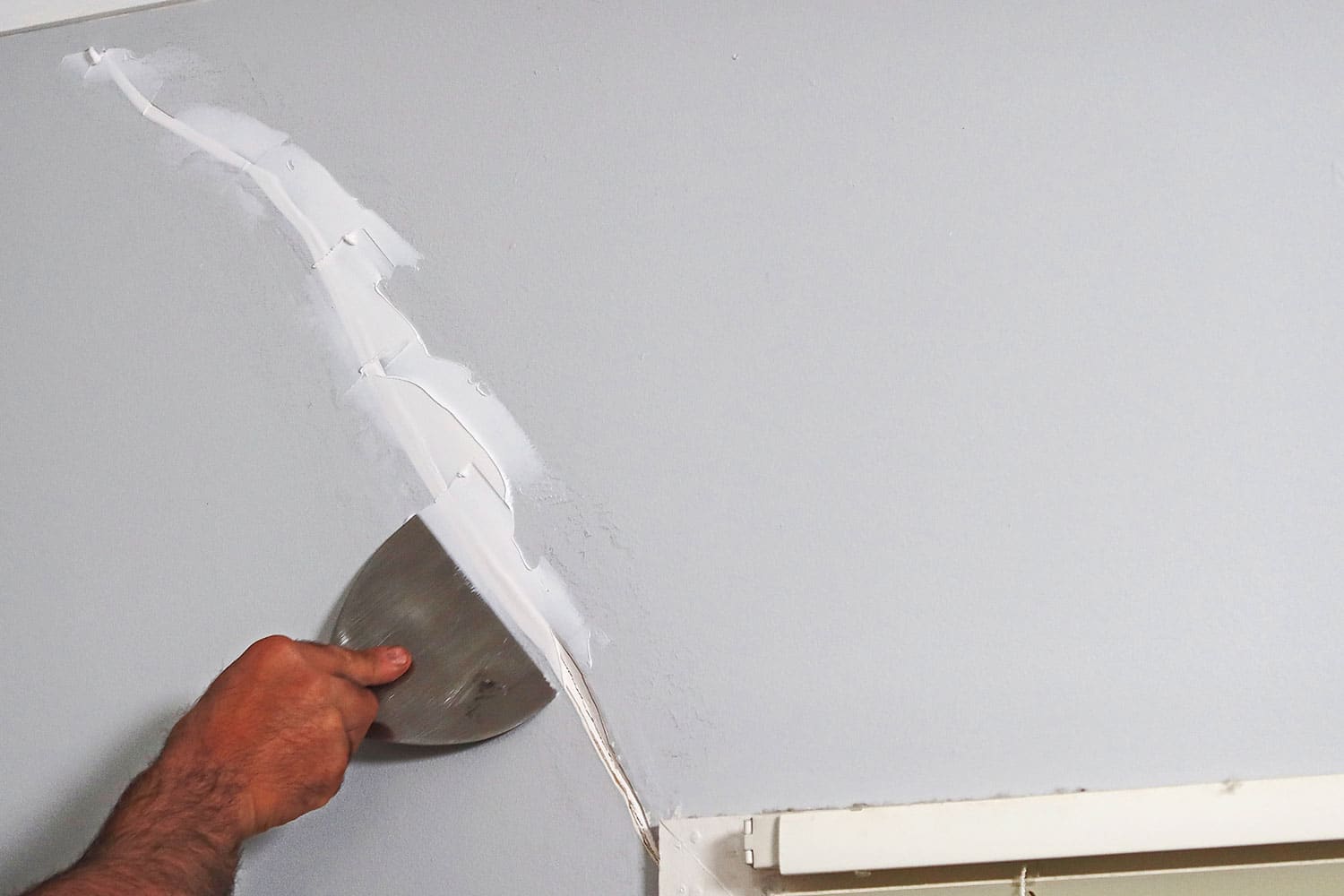
DIY Cleaning Checklist: A Comprehensive Guide for Tenants
For tenants who enjoy taking a hands-on approach to cleanliness, do-it-yourself cleaning provides the flexibility to personalize the process according to individual standards. Here’s a detailed guide on common DIY cleaning tasks and how you, as a tenant, can effectively maintain a clean and organized living space:
1. Vacuuming
How to:
- Use a high-quality vacuum cleaner equipped with different attachments.
- Focus on high-traffic areas, carpets, rugs, and upholstery.
- Empty the vacuum bag or clean the dustbin daily.
How Often:
- Vacuuming frequency depends on factors like foot traffic and the presence of pets.
- Aim for once a week in low-traffic areas and more frequently in high-traffic zones.
2. Mopping Floors
How to:
- Choose an appropriate floor cleaner based on the flooring type (wood, tile, laminate, etc.).
- Sweep or vacuum the floor first to remove loose dirt.
- Mop in sections for thorough coverage and avoid over-wetting.
How Often:
- Frequency varies based on lifestyle; typically, once a week is suitable for most households.
3. Dusting Surfaces
How to:
- Use microfiber or electrostatic dusting cloths to trap dust effectively.
- Dust from top to bottom, starting with higher surfaces like shelves and working downward.
- Pay attention to commonly overlooked areas, such as light fixtures and vents.
How Often:
- Dusting can be done weekly, with more frequency in areas prone to dust buildup.
4. Cleaning Appliances
How to:
- Wipe down surfaces of appliances with a damp cloth.
- Clean refrigerator shelves and drawers, removing expired items.
- Run dishwasher cleaning tablets through the dishwasher regularly.
How Often:
- Make it a routine to clean visible surfaces of appliances.
- Perform deeper cleaning tasks, like cleaning the refrigerator, every month.
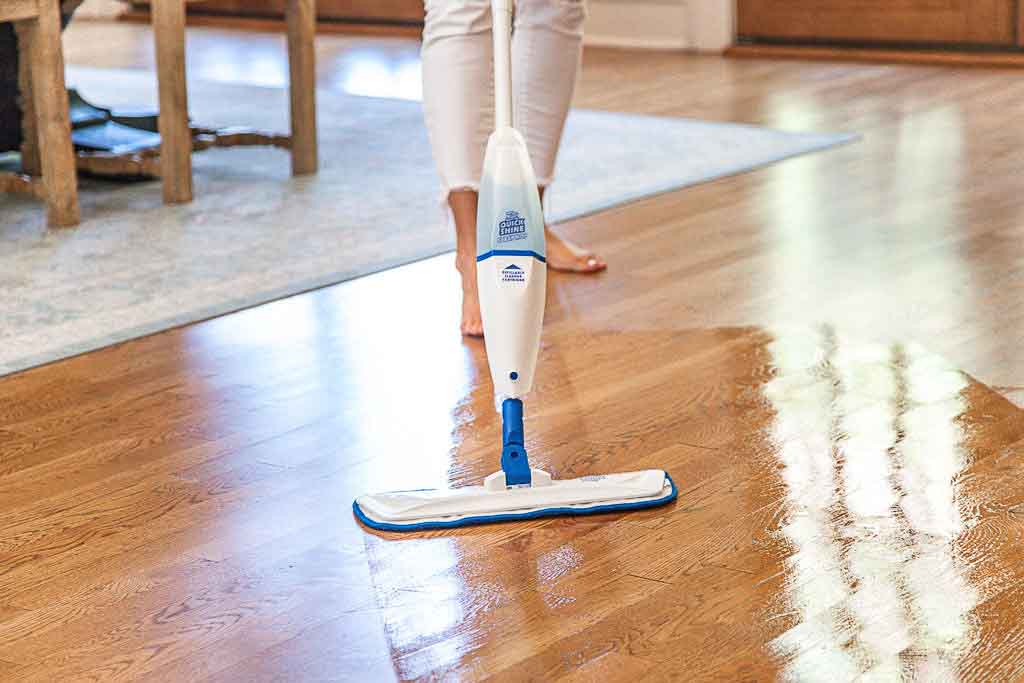
5. Organizing Spaces
How to:
- Declutter by removing unnecessary items.
- Use storage solutions, such as bins or baskets, to keep belongings organized.
- Establish a routine for returning items to their designated places.
How Often:
- Assess each room for clutter and organize as needed.
- Establish a cleaning routine to prevent the accumulation of unnecessary items.
Bathroom Cleaning
How to:
- Clean and disinfect surfaces, including countertops, sinks, and faucets.
- Scrub the toilet bowl and wipe down the exterior.
How Often:
- Bathroom cleaning may be done weekly, with more frequent spot cleaning as needed.
6. Window Cleaning
How to:
- Use a glass cleaner or a mixture of vinegar and water for streak-free windows.
- Wipe windows with a microfiber cloth or newspaper for best results.
How Often:
- Window cleaning can be done seasonally or as needed for visible dirt or streaks.
7. General Maintenance
How to:
- Check for and address any leaks, drips, or other maintenance issues.
- Replace air filters regularly to maintain air quality.
- Test smoke detectors and replace batteries as needed.
How Often:
- Inspect the property for maintenance issues and address them as soon as they arise.
Adjust the frequency of tasks based on individual lifestyle factors and the specific needs of the property. Consistent efforts contribute to a well-maintained home environment for a healthy and happy family!
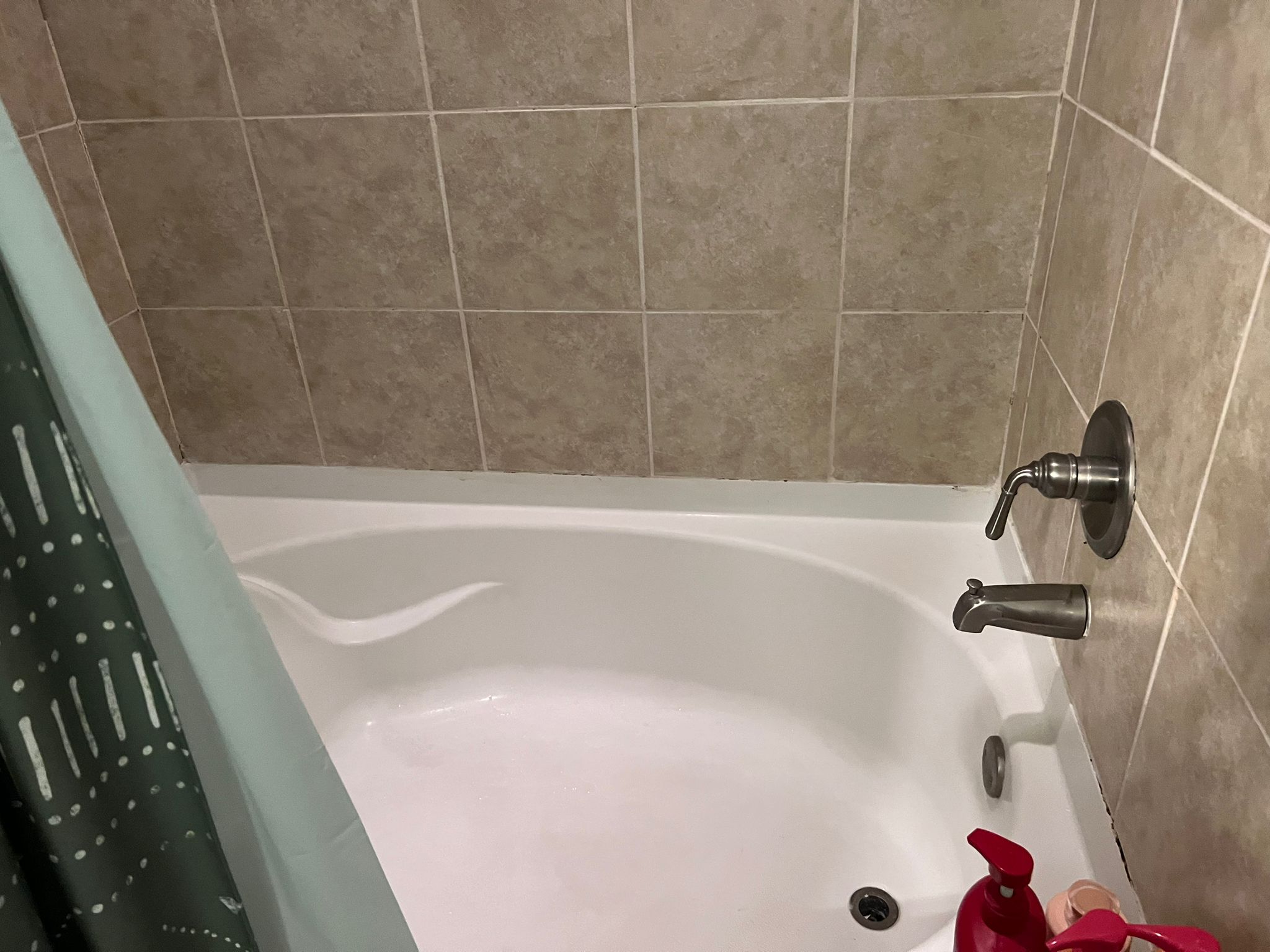
Professional Cleaning Services: Taking Cleanliness to the Next Level
When tenants or landlords opt for professional cleaning services, they’re choosing a thorough and efficient approach to maintaining an ideal living space in every way. Professional cleaners bring expertise, specialized tools, and careful attention to detail, offering a level of cleanliness that goes beyond routine DIY efforts. Here’s what you can expect from professional cleaning services and why they are often considered superior:
Comprehensive Carpet Cleaning
Professional cleaners use industrial-grade equipment to achieve a deep clean of carpets. Techniques such as deep cleaning not only sanitize but also refresh carpets for a higher level of cleanliness. The use of specialized tools targets tough stains that may be challenging for standard household equipment.
Window Cleaning Expertise
Professionals employ specialized window cleaning solutions and tools for streak-free results. They utilize squeegees and microfiber cloths are utilized to achieve a polished finish. This approach results in crystal-clear windows, enhancing natural light and contributing to a longer-lasting shine.
Specialized Bathroom Deep Cleaning
Professional cleaners use powerful cleaning agents to address challenges in the bathroom. From eliminating mold and mildew to sanitizing and disinfecting surfaces, the process provides a thorough, hygienic environment.
Kitchen Appliance Detailing
Professional cleaners go beyond routine cleaning by disassembling and cleaning oven components for thorough degreasing. Refrigerator interiors are sanitized, targeting hidden areas prone to bacteria. This results in an odor-free kitchen while promoting food safety and appliance longevity.
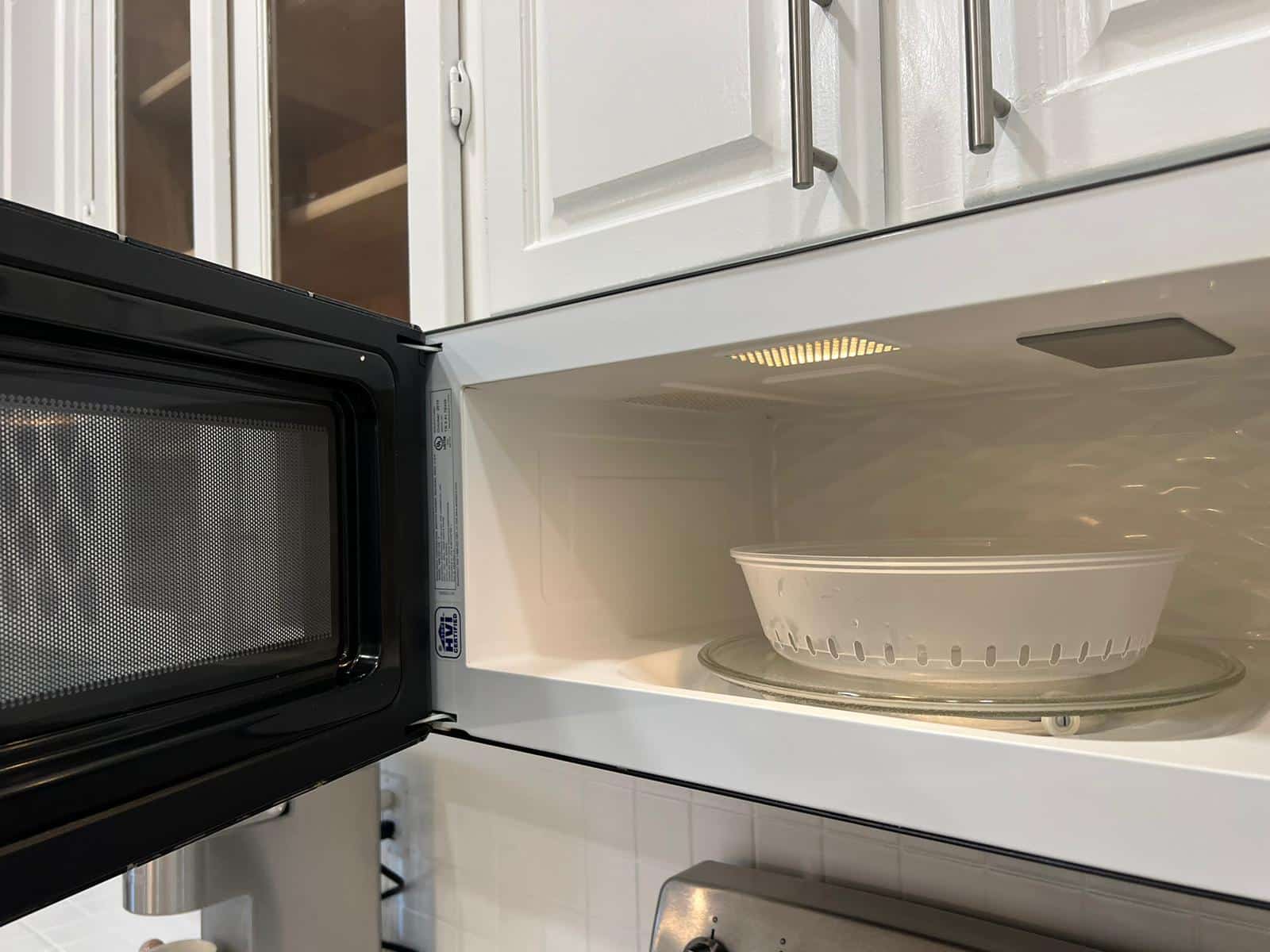
High-Quality Dusting and Polishing
Utilizing microfiber cloths and dusters, professional cleaners capture and remove dust effectively. They apply professional-grade furniture polish for a lasting shine. This method achieves a higher level of dust removal, enhancing indoor air quality, and the use of specialized polishes contributes to a longer-lasting, glossy finish on surfaces.
Tailored Cleaning Plans
Professional cleaning services develop customized plans based on the specific needs and preferences of the client. This includes adjusting cleaning frequencies and focusing on areas according to the client’s priorities. Tailored plans mean that the cleaning service aligns with the unique requirements of the property.
Time Efficiency and Professionalism
Professional cleaners utilize efficient processes and teamwork to complete tasks quickly. Following industry best practices for professionalism and courtesy, they save clients time and effort by providing a thorough cleaning in a shorter duration. This approach warrants a hassle-free cleaning before move-in for clients, contributing to overall satisfaction with the cleaning service.
Conclusion
If you are worried about the level of cleaning from your landlord, then look to the experts. Professional cleaning services like My Cleaning Angel are trained and experienced in a deep clean before move-in time. By hiring professionals, you can rest assured that your new house or apartment is sparkling clean whether or not your landlord has agreed to a clean before moving in.
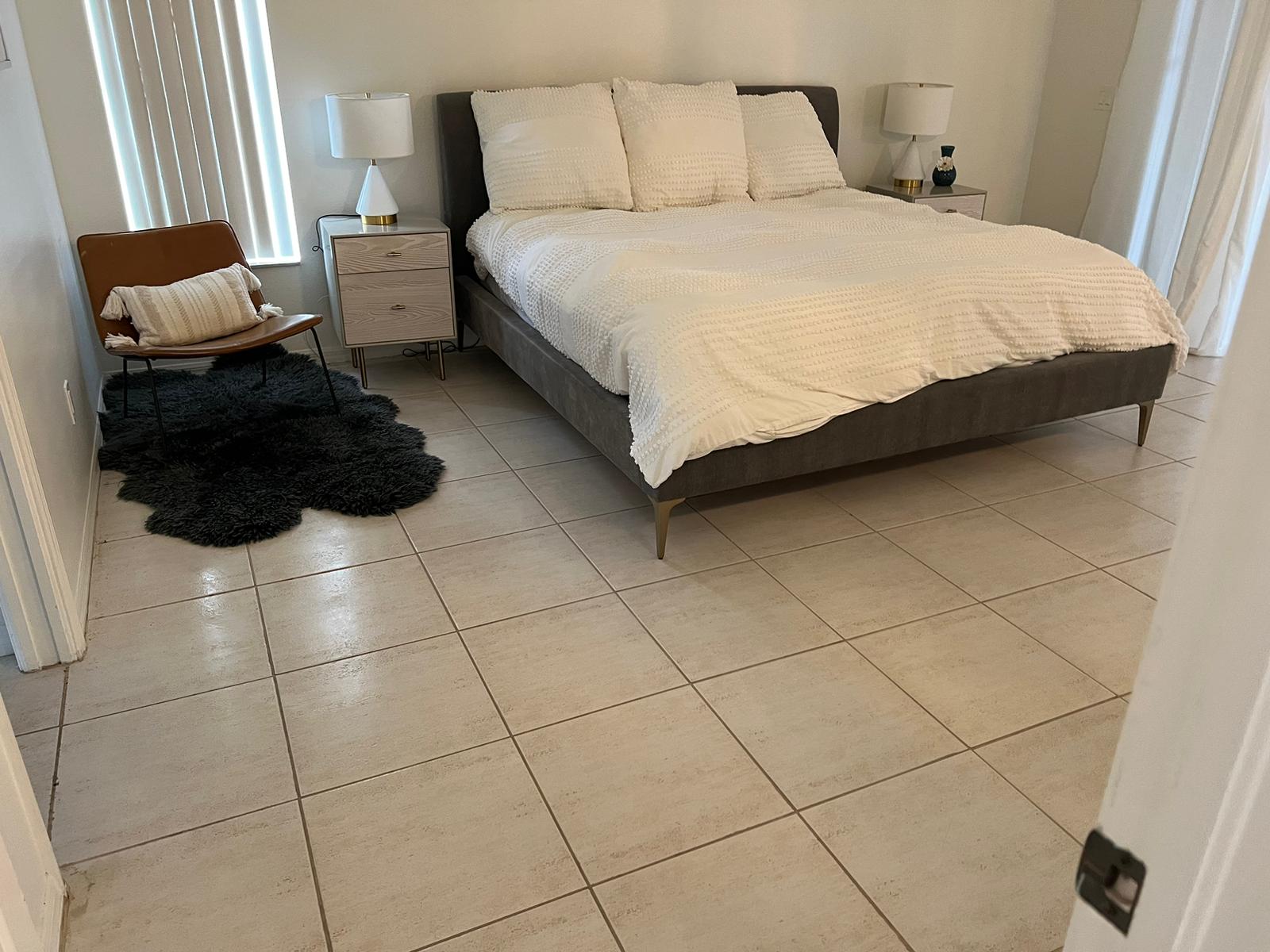
FAQs
Is the landlord obligated to clean the rental property before I move in?
Landlords are expected to provide a clean and habitable living space for tenants. However, specific cleaning obligations may vary based on local laws and lease agreements.
What cleaning tasks are typically the responsibility of the landlord?
Landlords are usually responsible for cleaning common areas so the property meets health and safety standards and addressing any issues that could impact the habitability of the rental unit.
Can I request a professional cleaning service before moving in?
Some landlords may agree to hire professional cleaners at their expense, especially if the property requires significant cleaning. It’s important to discuss and clarify such details before signing the lease.
What should I do if the property is not clean when I move in?
Upon moving in, document any cleanliness issues through photographs and a detailed written description. Report these concerns to your landlord promptly to ensure they address the cleaning concerns timely.
Are there any legal requirements for cleanliness before moving in?
Many jurisdictions have specific regulations regarding the cleanliness and condition of rental properties. Tenants should familiarize themselves with local laws and regulations to understand their rights and responsibilities.



